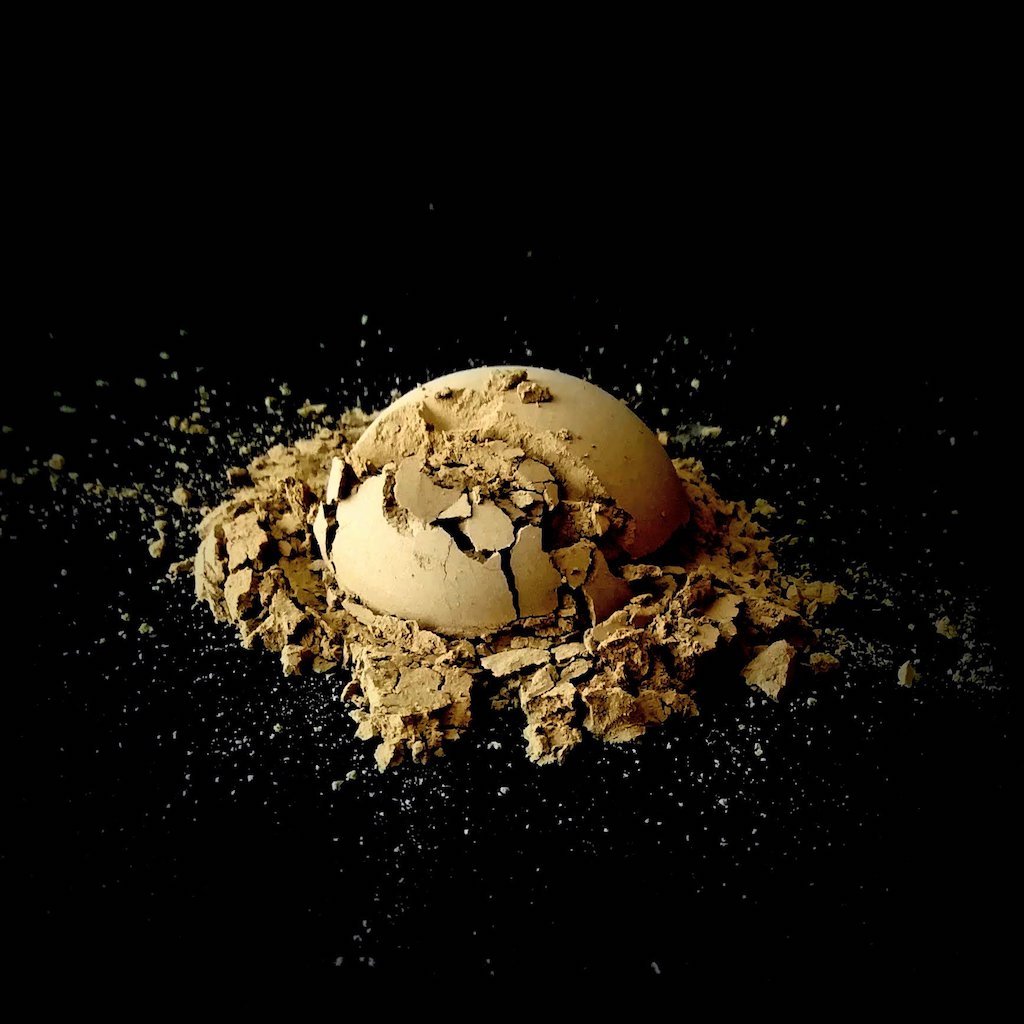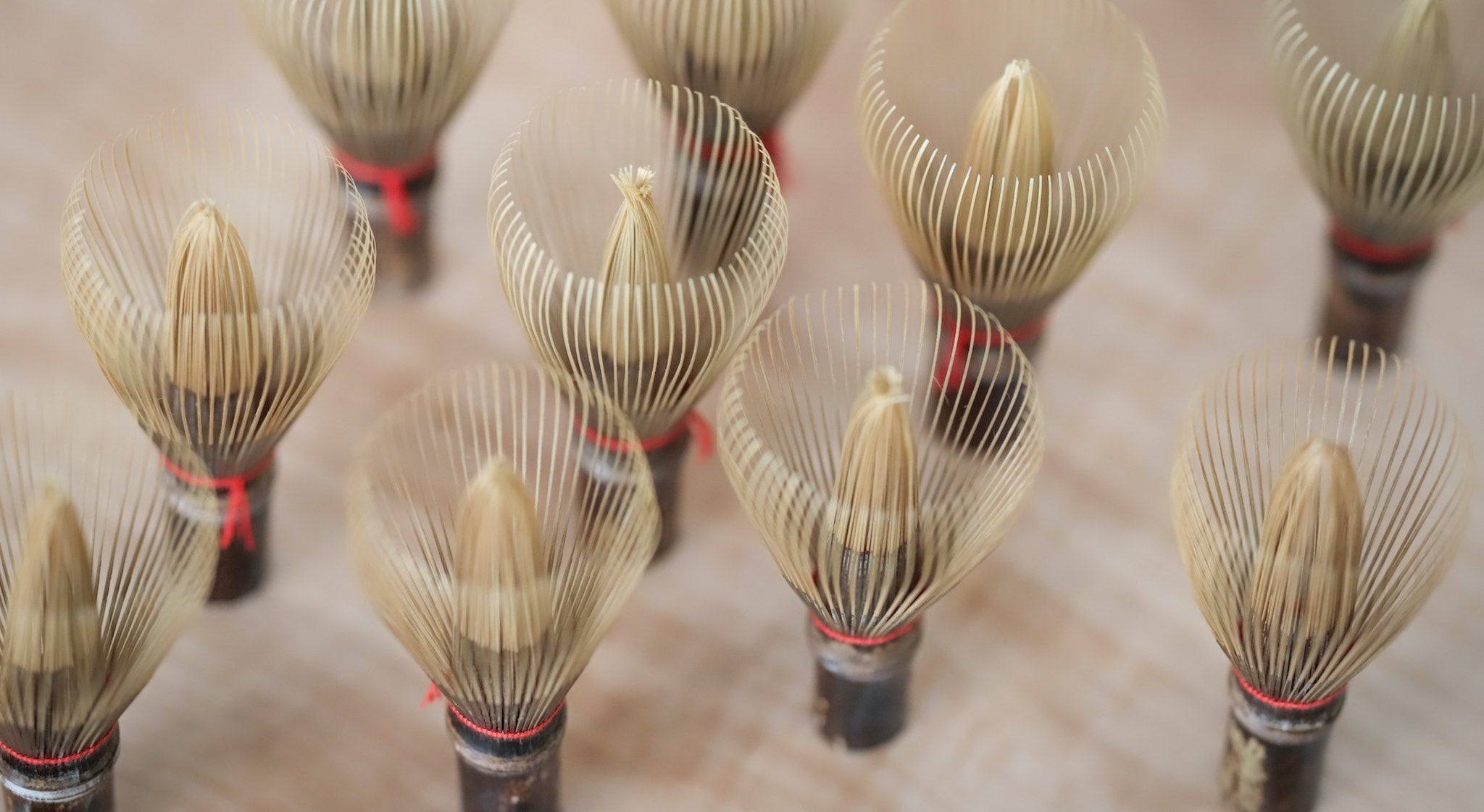A chasen is a tea utensil used for whisking tea powder in water to prepare thick or thin tea. In Japanese, the word chasen is spelled 茶筅 or 茶筌 depending on the context. The first set of characters is used to describe a common tea whisk which is viewed as a simple tool, while the characters 茶筌 are reserved for Takayama Chasen, as these authentic bamboo whisks are considered to be elevated works of art.
What is a Takayama Chasen?
Located in the northwest region of the Nara Prefecture, the small village of Takayama is famed for being Japan's only chasen producing area. A Takayama Chasen is a traditional Japanese tea whisk handcrafted by a chasen master from locally grown bamboo.
The traditional art of crafting bamboo whisks has been passed from one generation to the next for over five centuries. There are only 18 remaining chasen masters dedicated to crafting bamboo whisks and upholding the once secret techniques.
Originally crafted for the traditional schools of Japanese tea ceremony, the Takayama Chasen can also be used as an everyday tea utensil for whisking the perfect bowl of matcha or hojicha.
How Takayama Chasen are made
Takayama Chasen are made entirely by hand by a certified chasen master from locally grown Japanese bamboo. The following steps have been perfected over 500 years, and vary slightly among the chasen masters of each household.
Haratake 原竹
After 2-3 years, the bamboo stops growing and begins to become stronger. When it reaches the right size and strength, the bamboo is cut and boiled to remove oils and dirt. The bamboo first spends two months drying naturally in the winter sun and cool mountain air. Then it is transferred to the shade, where the bamboo dries for another two years. One bamboo stalk makes only three or four bamboo whisks.
Katagi 片木
The skin from the upper half of a single piece of bamboo is peeled away and then divided into 16 equal parts using a sharp kitchen knife. Each part is separated into a soft inner layer and strong outer layer. The thin outer layer is bent backwards, and the soft inner layer is discarded.
Kowari 小割
The tip of each section is further split into smaller pieces by knife depending on the final number of bristles. Then they are each carefully separated by hand.
Ajikezuri 味削り
The cut sections of the bamboo are immersed into hot water, and then tapered with a knife until the tips become transparent. This step is a delicate balance as the bamboo is stronger when thick, but more flexible when thin. It is also where the Takayama Chasen begins to take its shape, as the tips are curved depending on the type of whisk being made.
Mentori 面取り
The bristles are sharpened one by one until smooth to prevent tea powder from sticking to them.
Shitaami 下編み
A thread is weaved at the base of the bristles, while separating the inner and outer bristles.
Uwaami 上編み
The whisk is reinforced with two additional lines of thread.
Shiage 仕上げ
The inner bristles are twisted together. Then the height, shape, and distance between the bristles is corrected and the whisk is shaped into its final form.
What is the difference between mass-produced tea whisks and Takayama Chasen?
Takayama Chasens are handcrafted by chasen masters in Nara, Japan. No machines are used by chasen masters, as the traditional steps are mastered using only their fingers and few trusted tools. Even the tools used to make the bamboo whisk are handmade.
Each whisk is made from 100% bamboo without the use of any chemicals to expedite the process or conceal unique attributes. The slight variations in the natural bamboo are cherished, as they enhance the aesthetic of the Japanese tea utensil.
True chasen masters spend many years honing their craft, and their dedication to craftsmanship is felt in each and every authentic bamboo whisk.
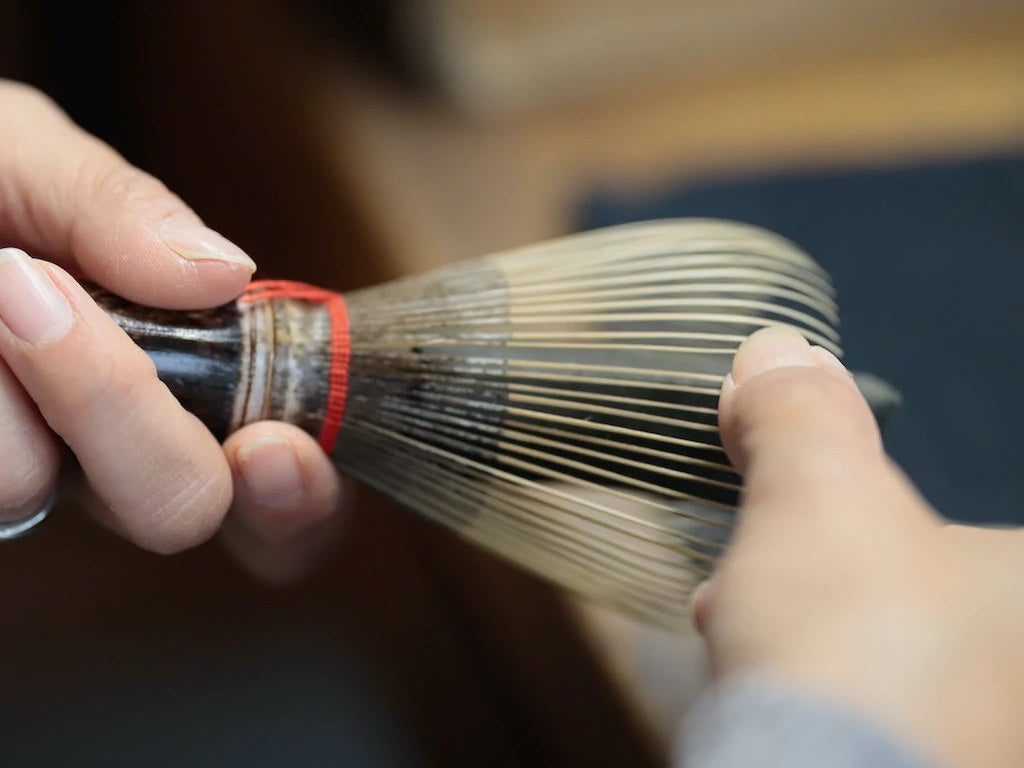
Where to purchase a Takayama Chasen?
Authentic Takayama Chasen are hard to find as each one must be handcrafted by one of the few remaining chasen masters. You can purchase a chasen made in Takayama by Yasaburo Tanimura in our shop. Mr. Tanimura is a 25th generation chasen master. A Takayama Chasen is the perfect tool for preparing Hojicha Powder.
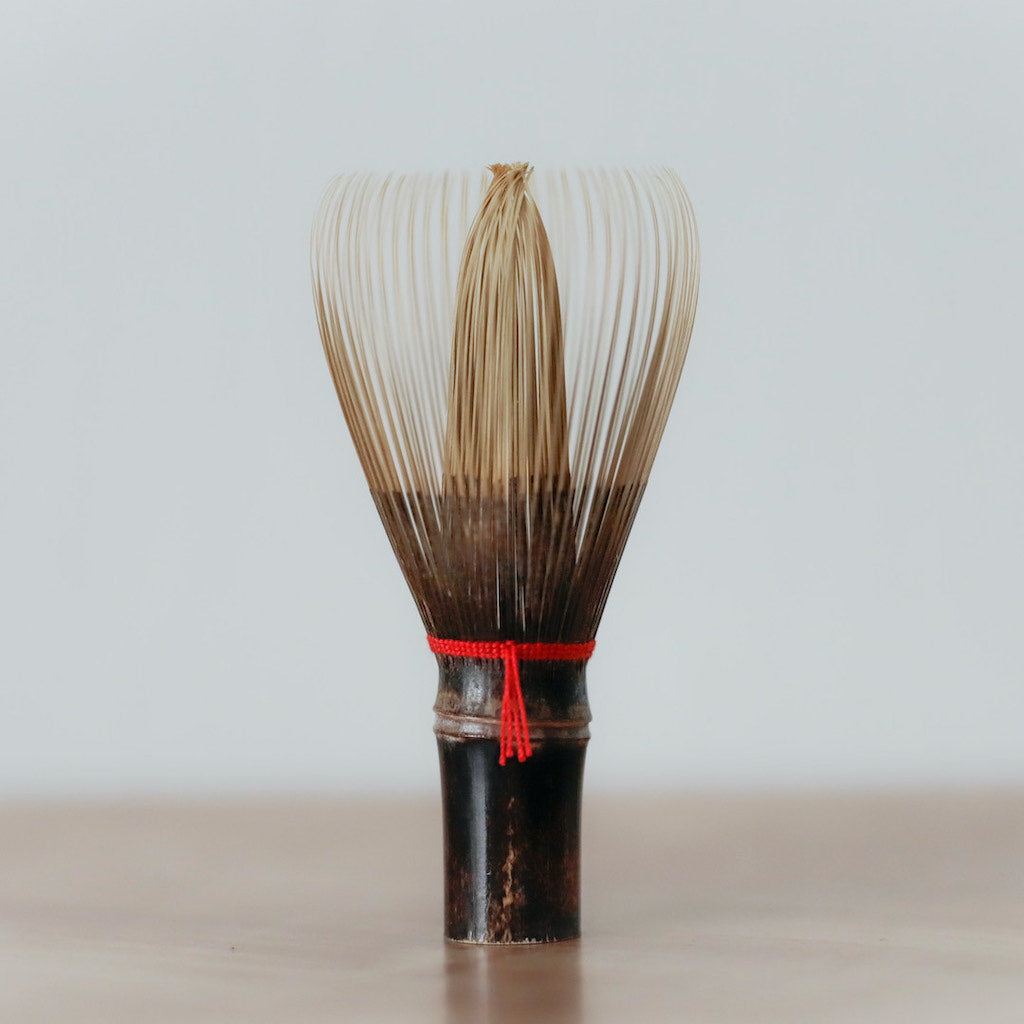
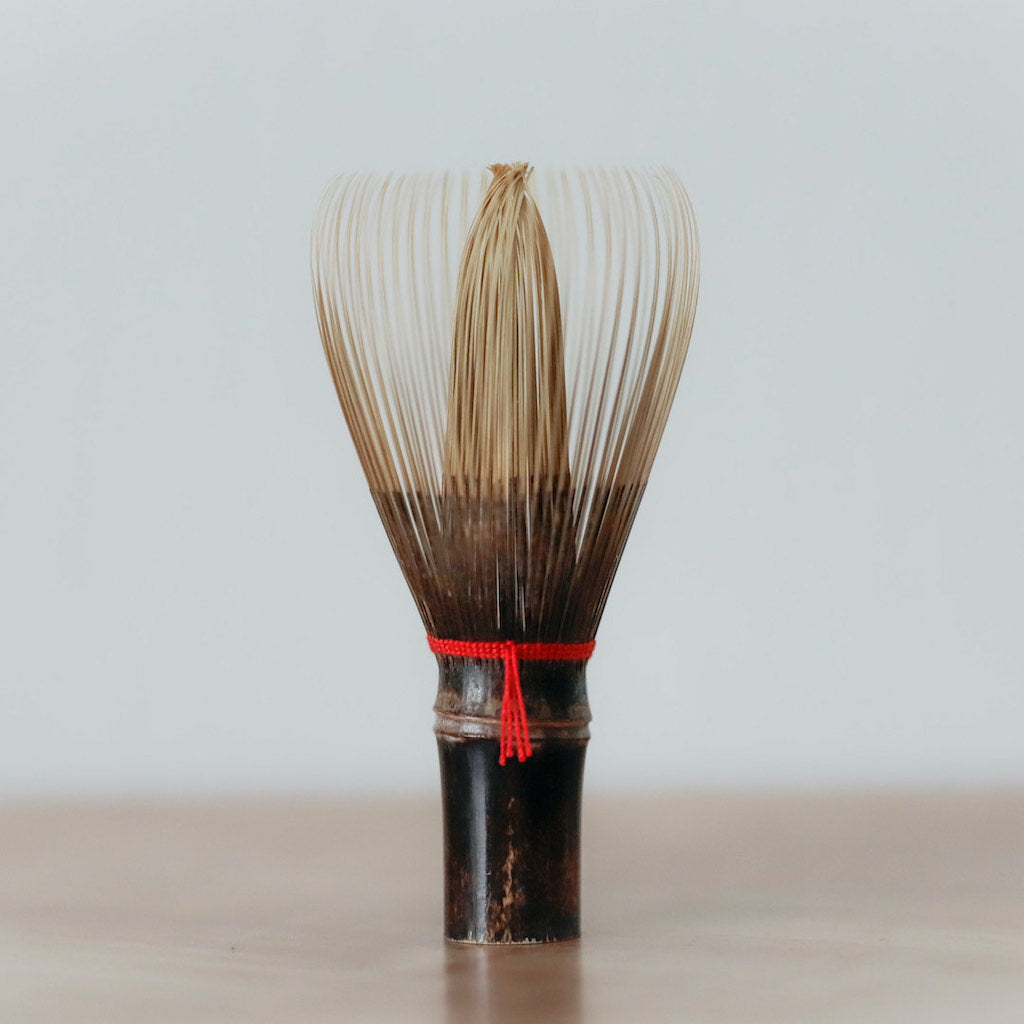
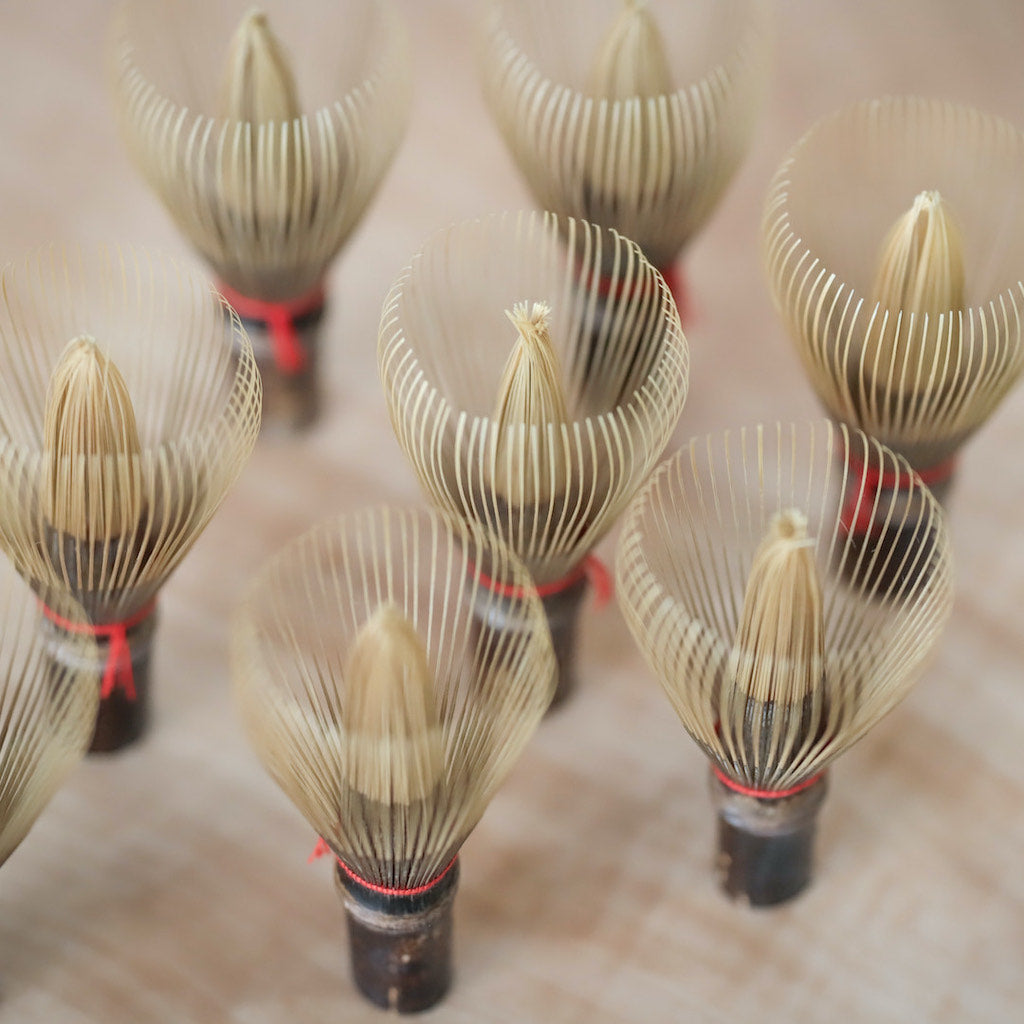
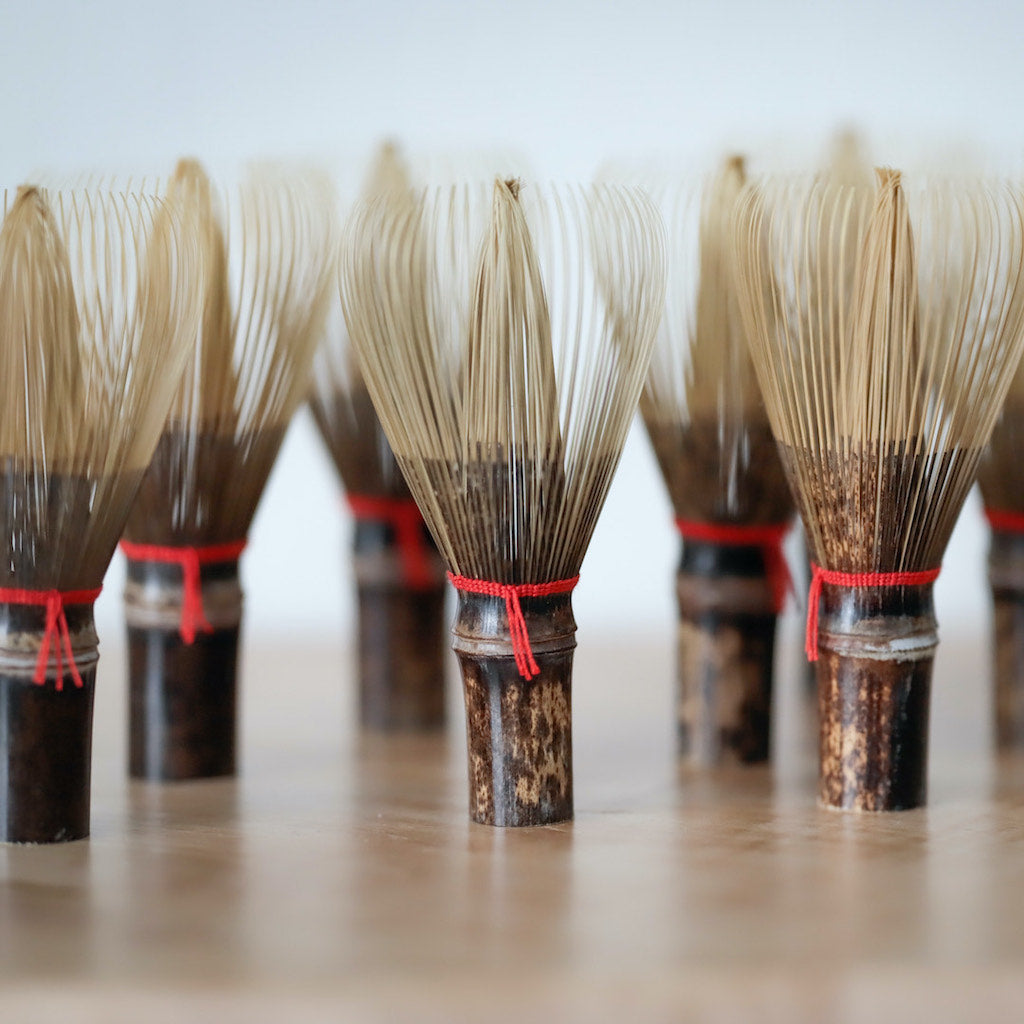


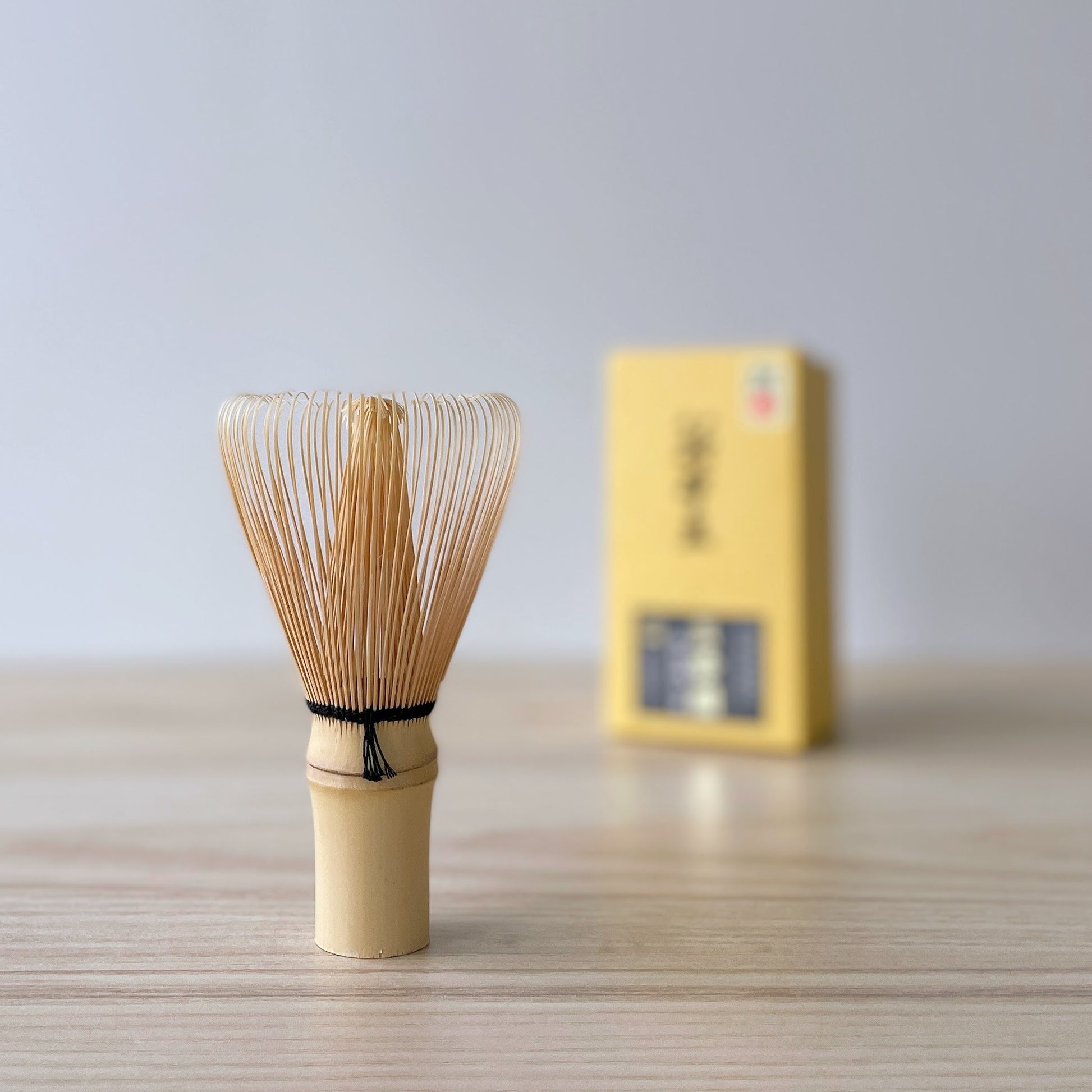

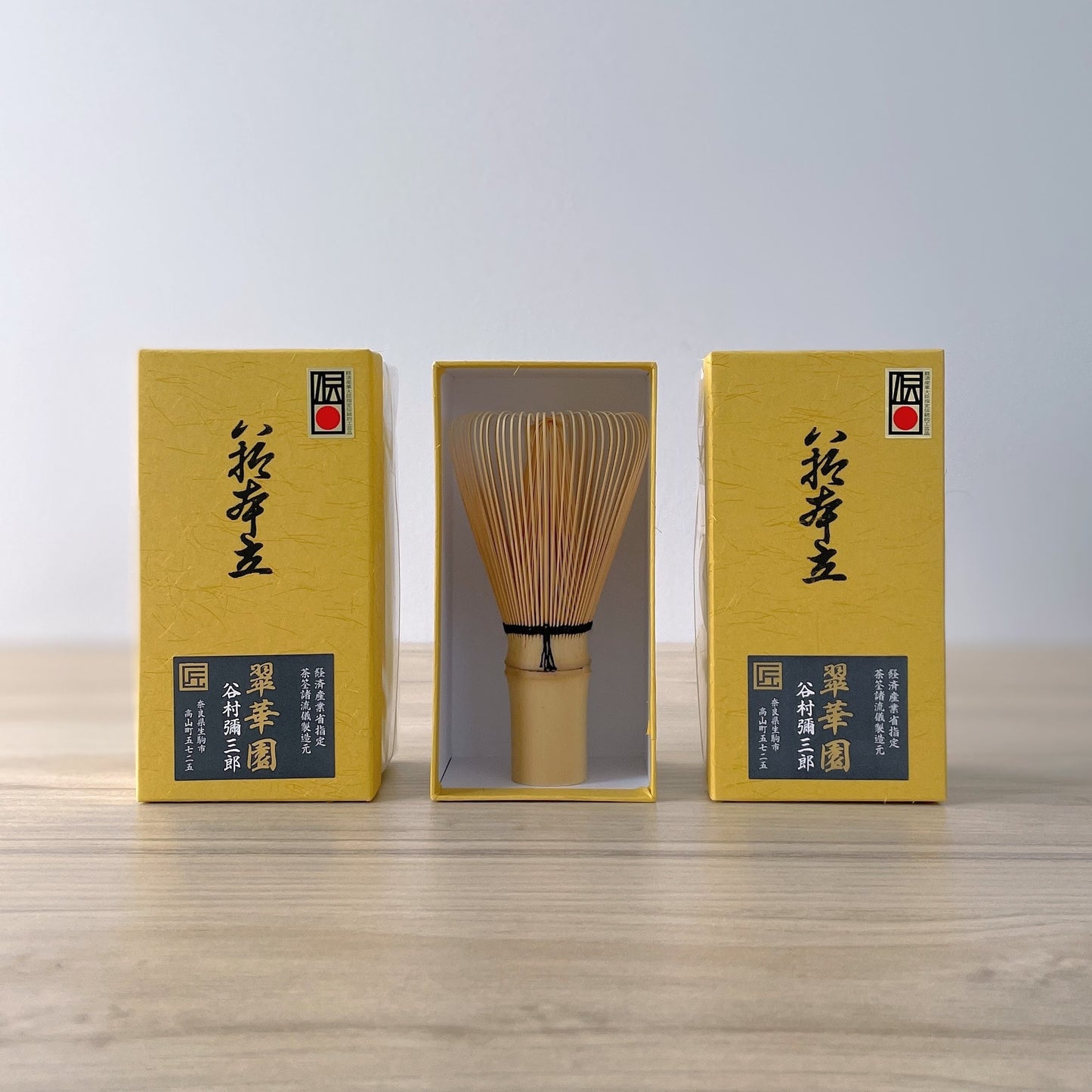
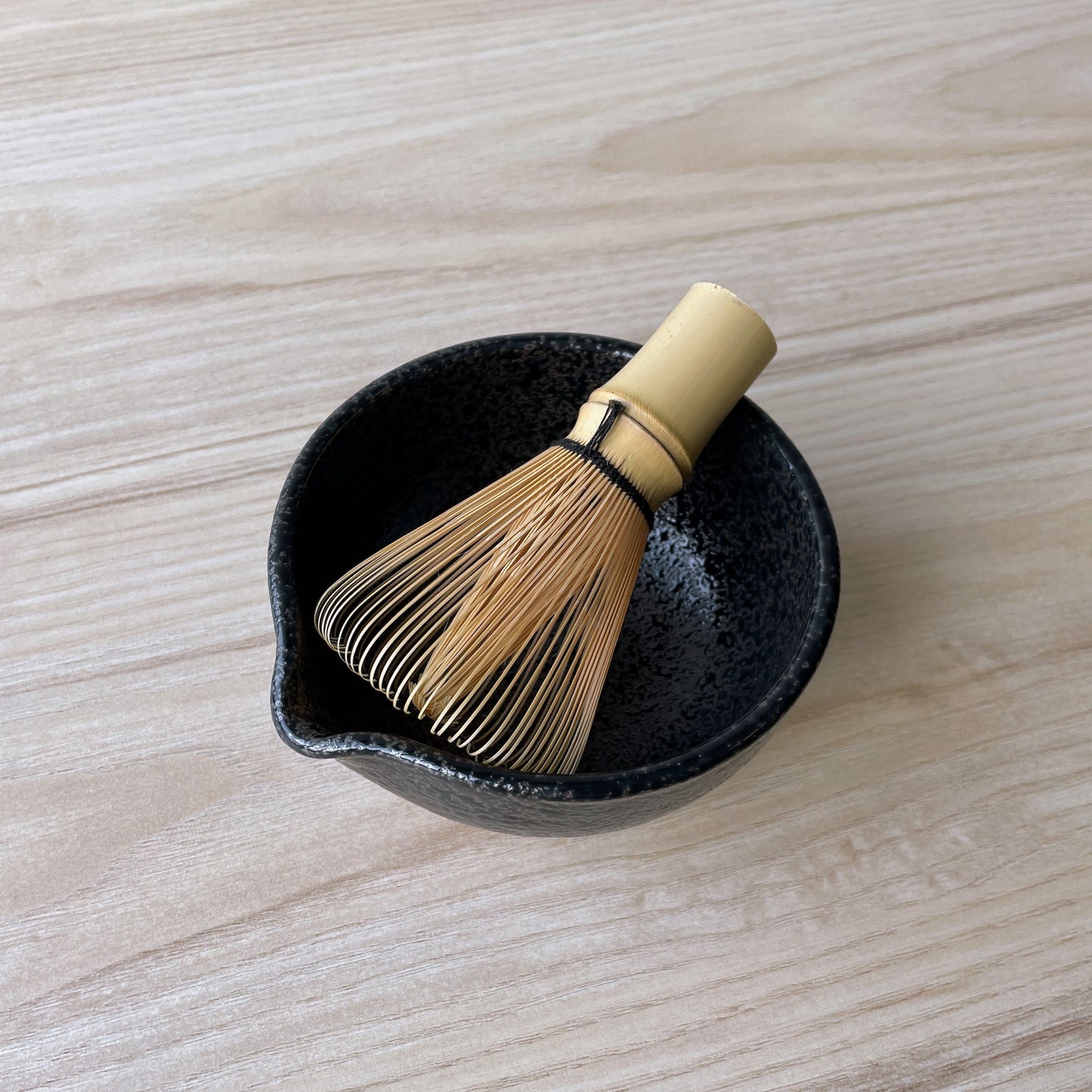
How to care for a Takayama Chasen
Takayama Chasen are built to last, but proper care is required to preserve the natural bamboo.
Before using a chasen to whisk powdered tea, the bristles need to be softened in hot water. Immerse the bristles in a bowl of hot water, and gently move the whisk for a few seconds without pressing the whisk against the bottom or sides of the bowl. This step makes the bristles flexible enough to whisk the tea well and prevents the tips from breaking.
While whisking the tea, the chasen should barely touch the tea bowl as excessive downwards pressure will damage the bristles. When whisking is complete, the chasen should be carefully extracted with the bristles facing up. This will also remove the temptation to shake or tap the bamboo whisk against the side of the bowl.
After preparing tea with the a chasen, it's important to rinse and dry it thoroughly before placing it away. Rinse the chasen in hot water as soon as possible after use. If any tea powder remains on the bristles, it can be lightly wiped away with fingers. The bamboo whisk should not be cleaned with soap or other cleaning agents, and should not be placed in the dishwater or left soaking in water for an extended period of time. The chasen should then be allowed to dry naturally before storing in order to avoid mould. Keep the chasen away from direct sunlight during drying or storing to prevent it from cracking.
The chasen should be stored in a well-ventilated and shaded place without any sudden changes in humidity and temperature.
How to use a Takayama Chasen
There are three main schools of Japanese tea ceremony, and each of them has its own guidelines for the type of chasen as well as the whisking method used to prepare matcha.
When a chasen is used to prepare Hojicha Powder as part of a daily ritual, the preparation is as follows:
- Immerse the bristles of the chasen in hot water.
- Add 1 teaspoon (1.5 g) of Hojicha Powder to a tea bowl.
- Slowly add 60 ml of filtered water at 80°C (175°F) or lower over the Hojicha Powder.
- Hold the chasen in one hand and the tea bowl in the other hand.
- Gently break up any large clumps.
- Whisk in a zigzag motion to create a M or W shape in the middle of the tea bowl (use increased speed and warm water if you desire to create a layer of foam).
- Avoid the sides of the tea bowl and any excessive downwards pressure.
- Carefully remove the bamboo whisk by turning it upright from the center of the tea bowl.
- Clean the whisk in hot water, gently rubbing with your fingers if any tea powder remains.
- Let the chasen dry completely before storing.
